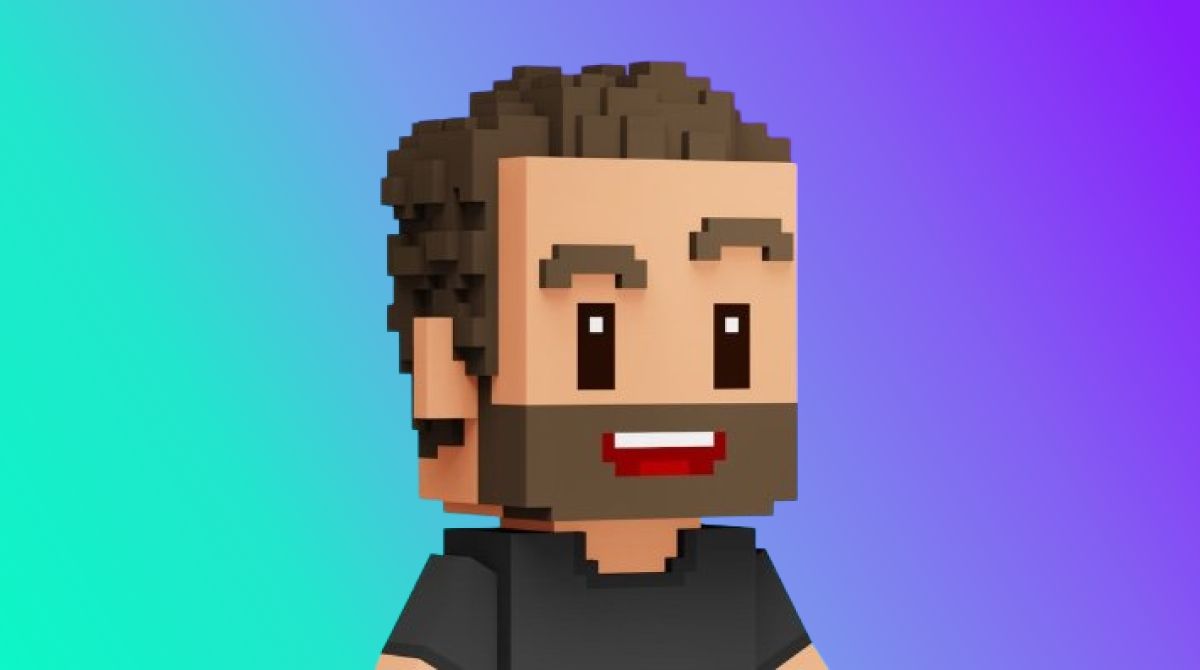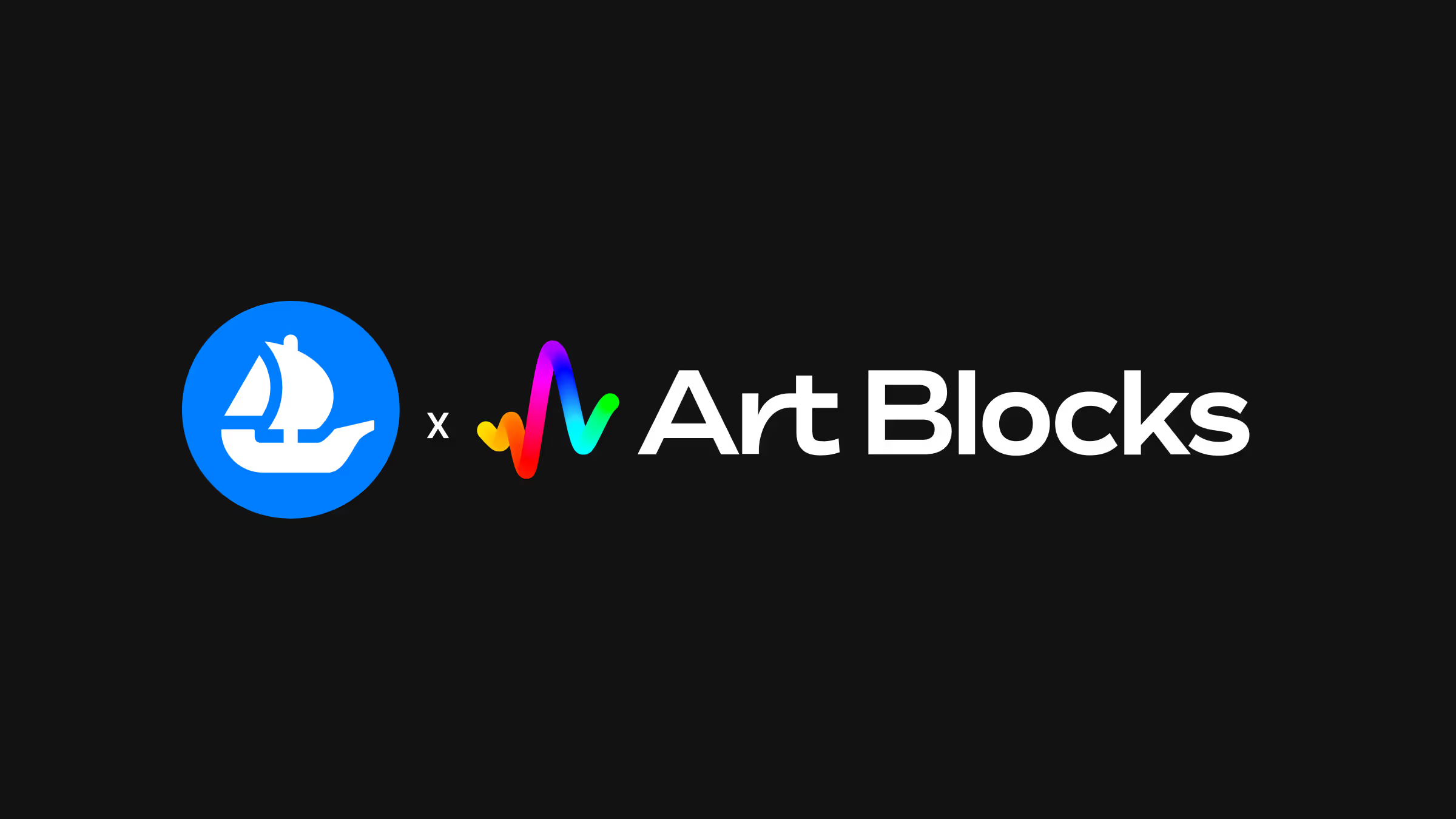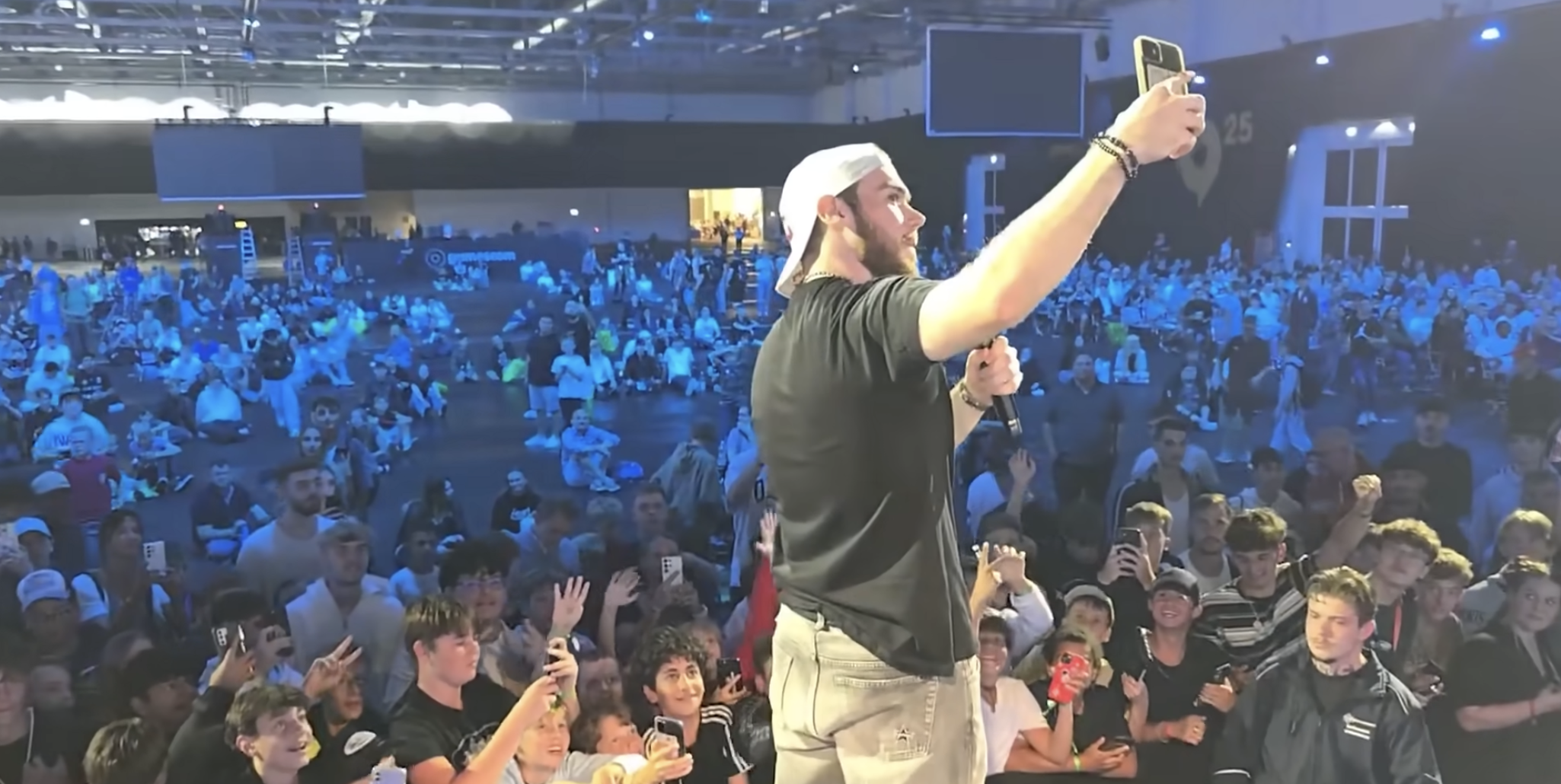Before co-founding Proof of Play, Adam Fern built his career at the crossroads of technology and human behavior. From early work at Square on risk and payments to a series of startups, he has always been fascinated by how people interact with systems and how those systems can be made simpler and more intuitive. That mindset led him to web3, where he helps shape Proof of Play’s mission to make blockchain gaming accessible and genuinely enjoyable for everyone.
In this conversation, Adam shares his path from fintech to gaming, including his first brush with Bitcoin, and a hilariously unexpected run-in with the former CEO of Western Union. He also explains why Proof of Play is focused on fun first, crypto second, and how the team is building experiences that use blockchain technology quietly in the background while keeping human connection at the center.
%20(1).png)
OpenSea: Thank you so much for joining us. I’m really excited to chat. Let’s start with an introduction to you.
Adam Fern: I’m Adam, one of the co-founders at Proof of Play. I’ve been a startup junkie my whole career. I started at Square back in 2011 as one of the first hundred employees. I worked on a bunch of different projects, including my first exposure to crypto — helping build a Bitcoin integration into our Etsy competitor, Square Market.
I was also moonlighting for Circle Financial Group, working on risk and fraud when their app only let you buy bitcoin with a credit card. That was my first crypto experience. But honestly, I forgot about it afterward. I was using bitcoin, not holding or investing in it.
I bounced through a few startups, just back to back to back. Around 2019, a friend showed me BNB staking. He said, “You buy BNB, stake it, and get 19% yield.” I was like, “Where does the yield come from?” He said, “You’re securing the network.” I said, “What’s the network?” He said, “The blockchain.” That’s when it clicked. Then he showed me DeFi, and I thought, Oh, this is amazing.
As a fintech guy — having built payments, loans, mortgages — I looked at it and thought, This is the best version of the systems we have. A decentralized computer, no rent-seeking intermediaries, low fees. I needed to be involved. Naturally, I ended up at a gaming company — because that’s the easiest way to achieve that goal.
OpenSea: (laughs) Of course.
Adam: I met my co-founder through a social connection that started as a friendship and became a business relationship. We chatted for a few hours; he’d just moved to New York. He told me what he was working on, asked if I’d be interested. I said, “I don’t know anything about gaming. I’m not even a gamer.” He said, “Just meet the team.” I met everyone, interviewed, and was invited to join the founding team. That was four years ago, and that’s how I’m here now.
OpenSea: I love it. Everyone finds their way into this space differently, but the common thread is always that aha moment. The “okay, this is the future” moment.
Adam: Yeah, exactly.
OpenSea: So, you were integrating Bitcoin early on. How has your view of crypto’s potential evolved since then, from a DeFi and technology standpoint?
Adam: I was very bullish at first. Then, when I got into the space professionally, I stayed excited but the more time I spent in it, the more I realized a lot of people were just here to make money. And that is totally fine. But I actually came “for the tech,” as the meme goes, and I was definitely in the minority. No one seemed to care about the original vision: fast, seamless, international payments using stablecoins, low fees, and no one getting exploited. That idealistic energy wasn’t there.
But in the last six months, I think that spirit is coming back. Companies like Stripe, Robinhood, and even big banks are taking the tech seriously. The smart ones are figuring out how to use it instead of getting disrupted. The slow ones will get eaten.
The use cases I thought were obvious years ago are finally happening. I’m especially bullish on stablecoins.
Here’s the example I always give to skeptics: If I work in the U.S. and want to send money to family abroad, I go through Western Union. They take 20 to 25%. It’s outrageous. But with crypto, I can send money to anyone in the world, instantly, on a weekend, for a penny. That’s the future.
I recently told this story to someone, and it turned out he was the former CEO of Western Union.

OpenSea: No way.
Adam: I didn’t know! He said, “Actually, I used to run that company.” And I said, “What company? You mean Western Union?” He said, “Yeah.” I asked, “Do you agree with what I just said?” He said, “No, we provide value.” And I said, “Do you think it’s 22% worth of value?” He said yes and gave his reasons. We politely agreed to disagree. It’s the only time that story didn’t land.
OpenSea: (laughs) That’s incredible. At least you got to make your argument directly to the source.
Adam: Yeah, I kind of had my foot in my mouth, but I stand by it. We actually chatted another hour and a half after that, so it ended well.
OpenSea: Amazing. So before we move on, what lessons from scaling fintech products do you think you’ve carried into gaming now?
Adam: Funny enough, my background at Square was primarily risk and fraud: finding the bad actors, stopping them, thinking like them. And that mindset carried over perfectly to crypto. The way people interact with crypto apps is similar; you have users who try to exploit systems. They’re not criminals, just opportunists. It’s a cat-and-mouse game.
So, those skills — identifying patterns, building barriers — became invaluable. After the Pirate Token TGE, our daily active users exploded to the point that we broke the blockchain we were on. Proof of Play was doing about 70% of all Ethereum volume across every chain — Base, Arbitrum, Mainnet, Blast — all of them combined.
OpenSea: That’s wild.
Adam: It was insane. We were measuring it in megagas, the amount of compute going through the chain. At first, we thought, We’re crushing it. But then I was like, “These aren’t real people, these are bots.” So, I dusted off my old fraud-detection skills, built tools, dashboards, and identified the bot activity. The team was like, “How do you know how to do this?” I said, “This was my job for years.” It was surreal to be back in that mindset again.
OpenSea: That’s fascinating.
Adam: Yeah, totally unexpected.
OpenSea: Okay, so that’s a great transition into Proof of Play and gaming. Web3 gaming is the most obvious use case for blockchain in my opinion, especially with Vitalik’s famous World of Warcraft story. But it’s had its ups and downs. Where do you think web3 gaming stands now, and how does Proof of Play fit into that?
Adam: I’ll preface this by saying I don’t really believe in “crypto gaming” anymore. I’m now the Western Union guy in this story.
The tech is amazing, but catering only to crypto users caps your ceiling. The next wave has to target web2 audiences — people who play for enjoyment, not ROI. If you give them ownership and permanence without the “play-to-earn” baggage, that’s powerful.
OpenSea: So what does that mean for Proof of Play’s business model?
Adam: It means we’ve shifted. Our game on Abstract, the Proof of Play Arcade, is what we call pay to play. You put money in, and what you get back is fun — competition, prize pool, leaderboards, community. There’s also obviously an Abstract XP incentive baked in, but we don’t lean too heavily into it and it’s not the focus. We intentionally don’t market it as “play-to-earn.” We market it as “play to enjoy.”
We’re also building a new free to play mobile game called Shiba Story Go!, which is intended to appeal to traditional web2 mobile gamers with a hidden crypto twist. In order to power seamless peer to peer trading in game, we built a product we’re calling Marketplace API. Think of it as a “DeFi mullet” — normal up front, crypto in the back. The front end looks like a traditional game; under the hood, the trading settlement and money movement takes place on BASE To me, that’s the future — use the best aspects of the tech, but hide the complexity of it entirely from the customer.
OpenSea: I’ve been hearing that from a lot of builders lately. Using crypto’s functionality but making it completely intuitive for the next wave of users.
Adam: Exactly. The games that aren’t explicitly “earn” oriented just struggle to retain users. You’re constantly trying to enrich your players; once that stops, they leave.
OpenSea: How do you take feedback from your community as you figure out what’s next?
Adam: Constantly. We listen closely. Players tell us what they like, like the arcade mode is super engaging. We’re investing in what they enjoy. We care about them being part of the story with us.
OpenSea: Smart approach — those are the people who make or break the project.
Adam: Exactly.
OpenSea: So for anyone encountering Proof of Play for the first time, what do you hope they take away from this?
Adam: I hope they don’t think I’m just being cynical. I have a lot of respect for my peers. But the future of crypto gaming isn’t in calling it “crypto gaming.” It’s in using the technology invisibly. Don’t brand it as crypto. Just use the best parts: instant settlement, global reach, low fees. Obfuscate the rest. That’s where we’re going with our new mobile title, Shiba Story Go! and the team is more excited than ever before.




.avif)


.png)


.png)
.png)
.png)
.png)